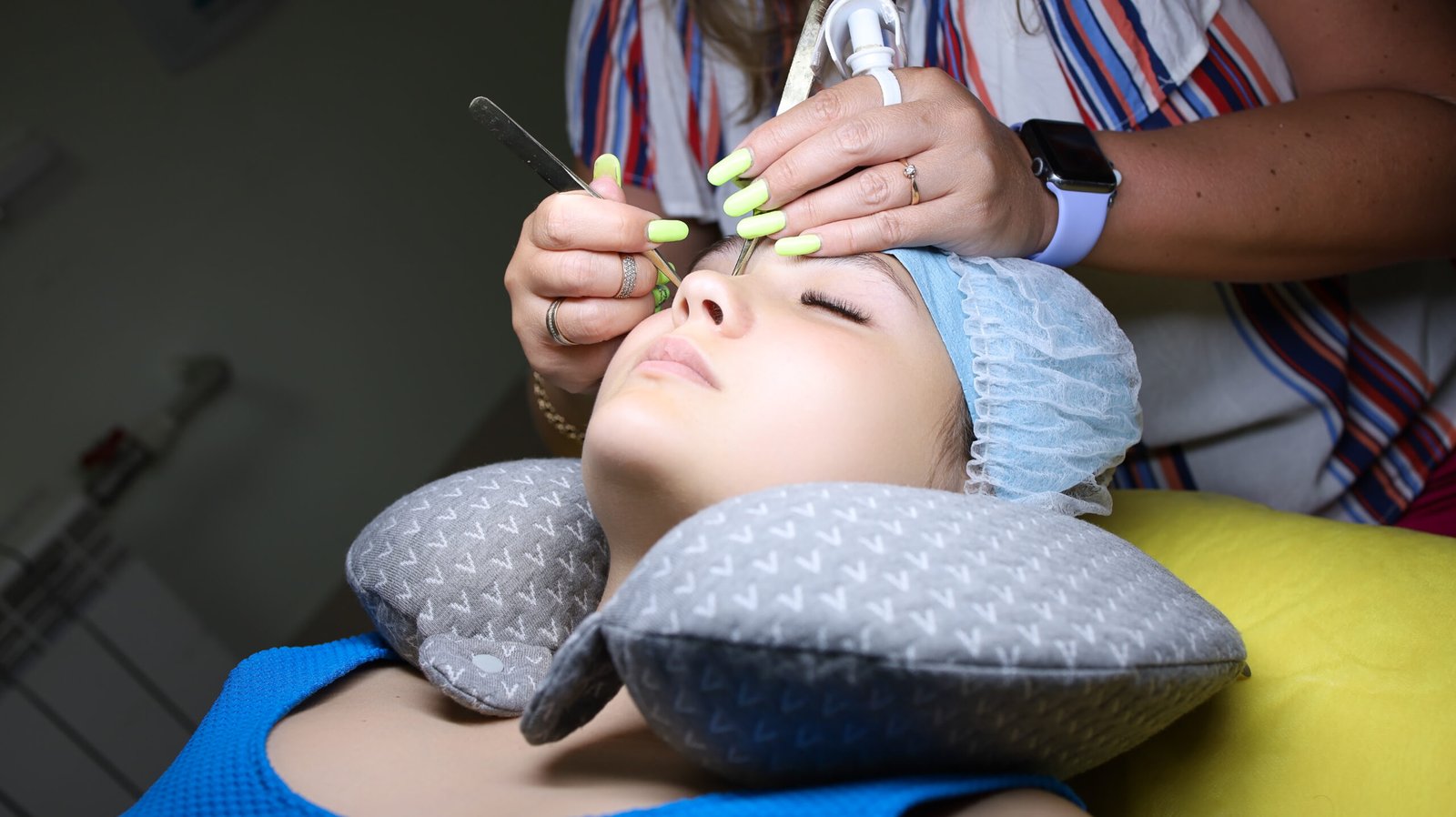Receive Comprehensive Health Care at L.T Way to Healthcare, Bhubaneswar.
waytohealthcarebbsr@gmail.com

Typically used for major reshaping of the nose.
Involves making incisions to completely separate the skin of the nose from the underlying bone and cartilage, providing better access and a clearer view of the nasal anatomy
Used for more minor reshaping.
Involves making incisions inside the nostrils to separate the skin from the bone and cartilage, allowing for reshaping without external scars.
Non-Surgical RhinoplastyEnhances the appearance of the nose using dermal fillers to temporarily fill dips, correct bumps, lift a droopy nasal tip, or refine irregularities.Functional RhinoplastyRestores nasal form and function after disease, cancer treatments, traumatic injuries, or congenital defects. It can also correct breathing issues like a deviated septum.Revision RhinoplastyAimed at correcting or revising problems that arise from a previous rhinoplasty surgery, which may be minor or more complex.
Makeup Contouring – Light and dark shades create the illusion of a refined nose.
Facial Exercises – May strengthen nose muscles, but results are minimal.
Dermal Fillers (Liquid Rhinoplasty) – Injectable fillers refine shape without surgery.
Traditional Rhinoplasty – A permanent solution to reshape the nose, correct bumps, adjust nostril size, or refine the nasal tip.
Septoplasty – Corrects a deviated septum, improving both function and aesthetics.
Alarplasty – Reduces the width of the nostrils for a more balanced look.
Posture & Angles – Maintaining proper posture and using the right camera angles can enhance nasal proportions, making the nose appear more balanced in photos.
Skincare – Keeping the nose moisturized and exfoliated improves skin texture, making it look smoother and more refined.

